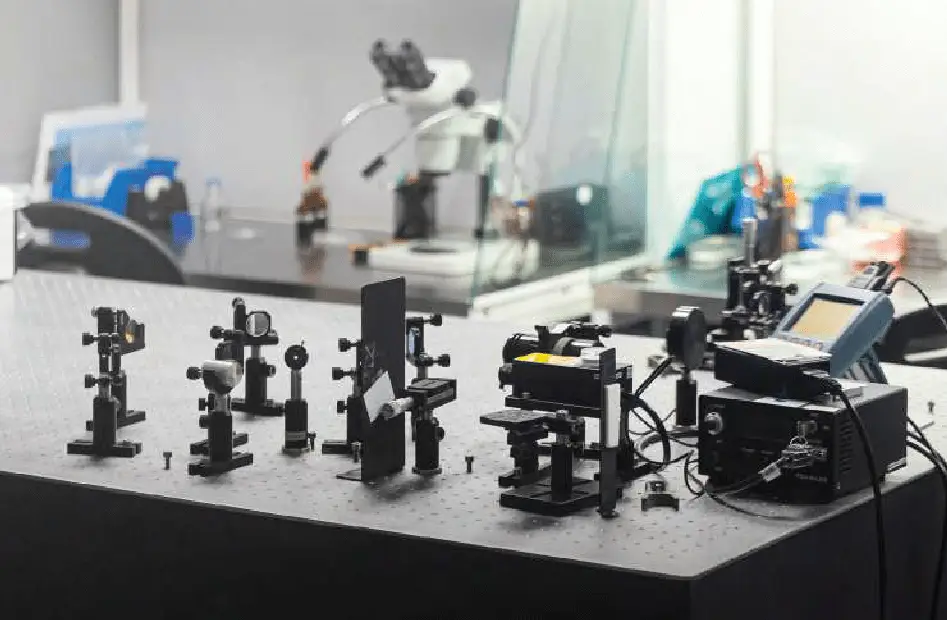
Our company provides end-to-end solutions—from crystal growth and cutting to coating and optical processing—offering customized products for medical, defense, and scientific applications.
Specifications and Features:
- Crystal sizes from 1 mm to 180 mm in diameter
- Precision surface flatness up to λ/10 @ 632.8 nm
- Wide array of coatings tailored to customer needs
- Fast delivery starting from one week (customization available)

Our in-house metrology ensures product reliability and quality with advanced equipment like Zygo interferometers and Olympus microscopes. Detailed tests will be performed, including:
- Wavefront distortion measurements
- Transmittance and reflectance analysis across 200–1700 nm
- Beam quality and stability assessments
- Environmental durability tests for coatings
The process starts with selecting suitable crystal materials—such as CaF₂, ZnS, quartz or sapphire—based on the application. Crystals are then grown using methods like Czochralski, Bridgman-Stockbarger, hydrothermal, or CVD, depending on the desired properties.
The grown crystal is cut and shaped into optical blanks—such as lenses, prisms, or windows—according to design requirements.
Crystals undergo a heat-treatment process to reduce internal stresses and defects, improving optical performance and stability.
Surfaces are polished using lapping or CMP to achieve nanometer-level flatness and smoothness.
Crystal surfaces are coated with thin films—such as AR, HR, or DLC coatings—to enhance optical performance and durability, using methods like vacuum deposition, e-beam evaporation, or sputtering.
The finished crystal undergoes quality control using interferometry, spectrophotometry, scratch-dig, and birefringence tests to ensure it meets optical specifications.
Optical crystals are integrated into devices, then cleaned, inspected, and securely packaged to prevent contamination or damage.